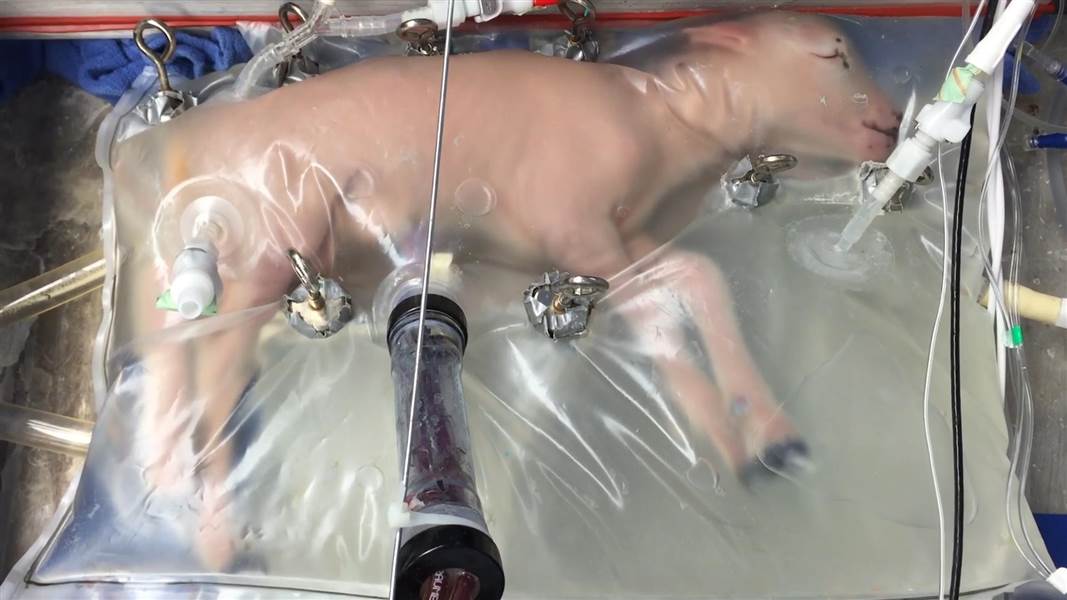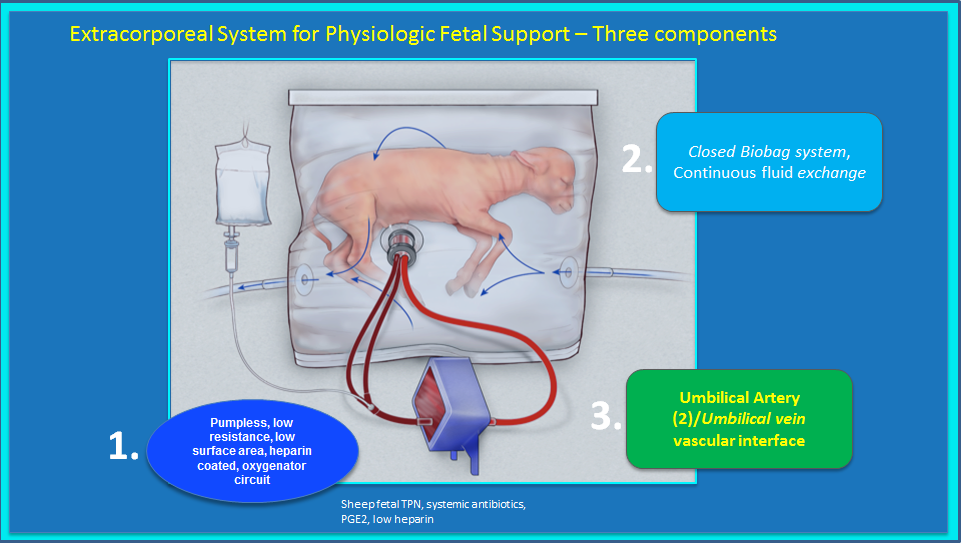This Artificial Womb For Lambs Could Save The Lives Of Premature Babies In The Future
The device kept lambs alive for four weeks outside their mothers’ wombs.
Researchers at the Children's Hospital of Philadelphia (CHOP) have developed an artificial womb that could change the way doctors treat premature babies
In a study, the US research team detailed the testing of the artificial womb on several fetal, premature lambs.
The team created a fluid-filled transparent container to simulate how fetuses float in amniotic fluid inside a mother's uterus, and attached it to a mechanical placenta that keeps blood oxygenated.
The fetal lambs, eight in total, were then placed inside. Over the course of four weeks, the lambs were able to grow healthily inside the fluid-filed device.
Their lungs and brains grew, opened their eyes, wriggled around, and even sprouted wool!
"We start with a tiny fetus that is pretty inert and spends most of its time sleeping. Over four weeks we see that fetus open its eyes, grow wool, breathe, swim," said Dr. Emily Partridge, a CHOP research fellow.
It may take another decade before this technology can be used on premature human infants, but it’s an important step in that direction.
"If we can develop an extra-uterine system to support growth and organ maturation for only a few weeks, we can dramatically improve outcomes for extremely premature babies," said Dr. Alan Flake.
At present, premature infants who survive delivery require mechanical ventilation, medications, and IV drips that provide nutrition and fluids
Preterm-related problems are said to be one of the leading causes of newborn deaths worldwide.
It has been reported that more than one in 10 of the world’s infants, of more than 15 million children, were born prematurely and more than a million of those children died secondary to complications associated with premature birth.



